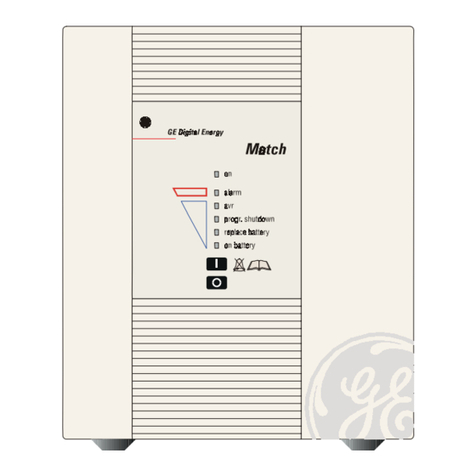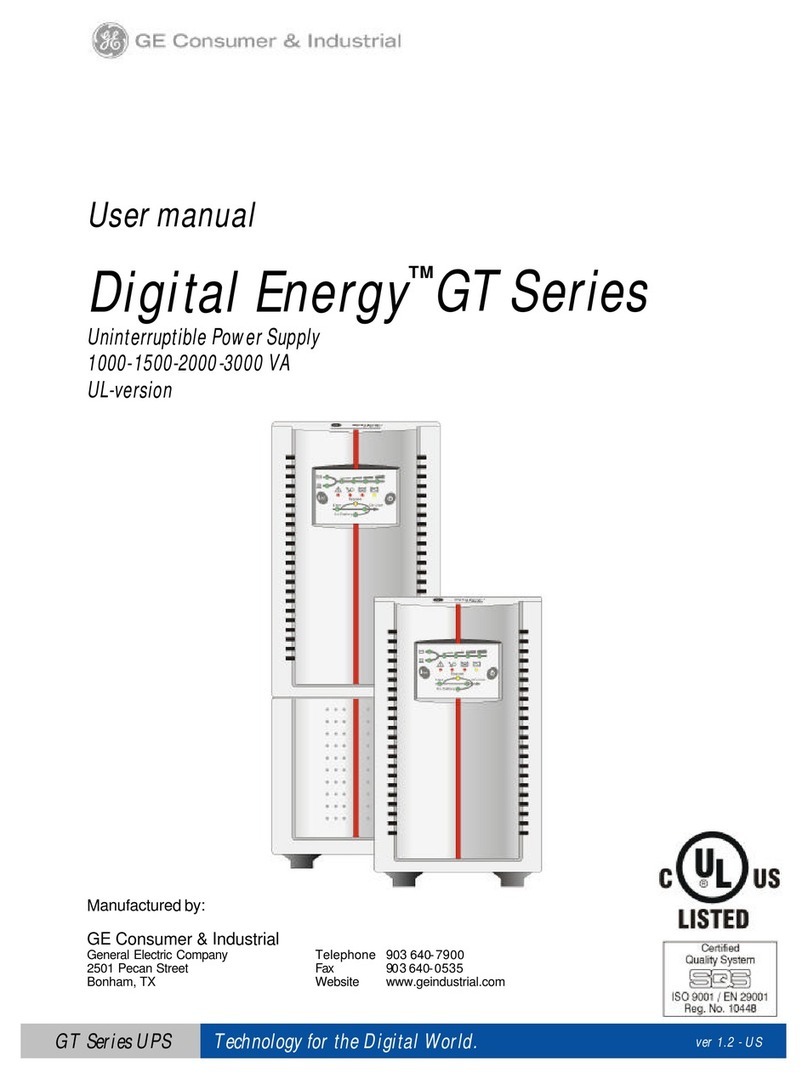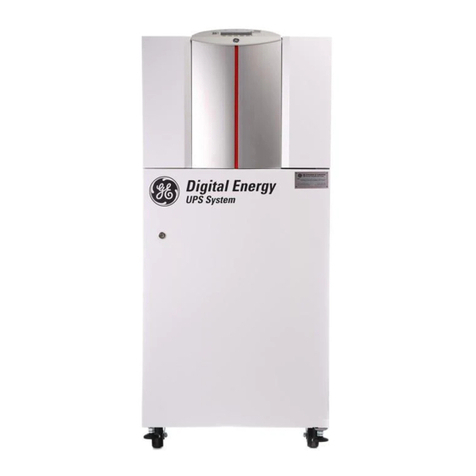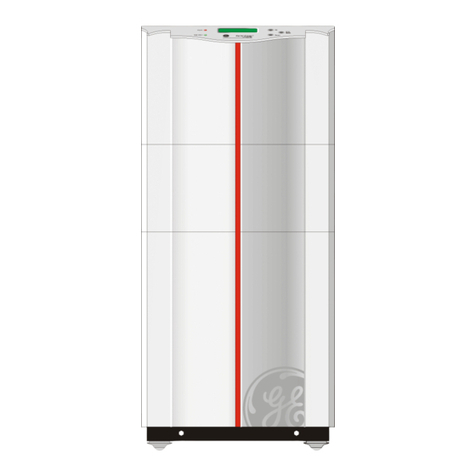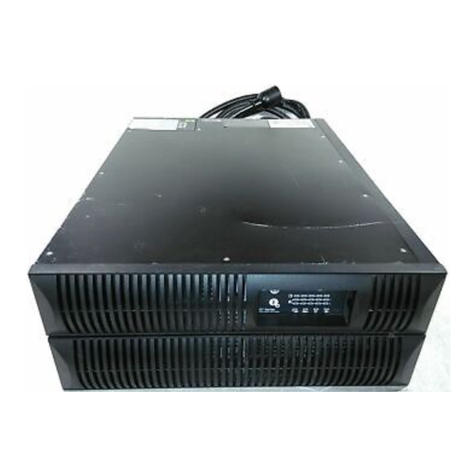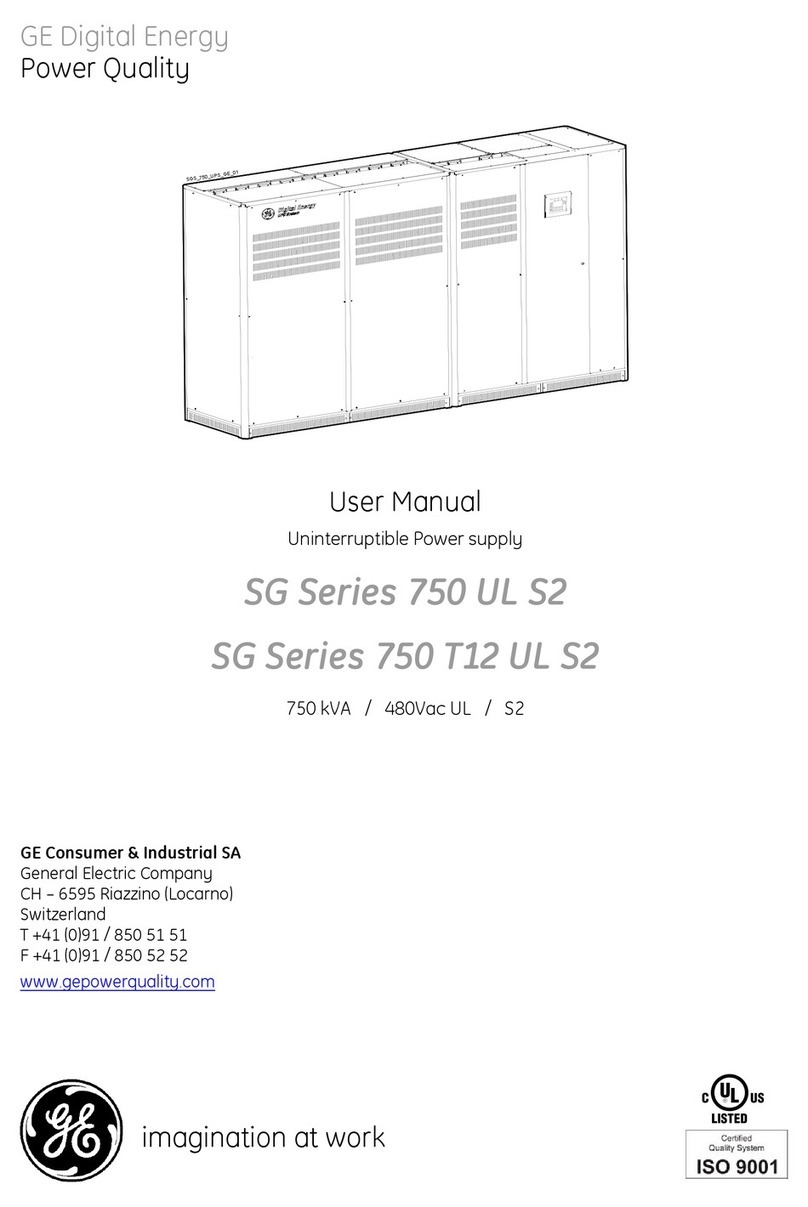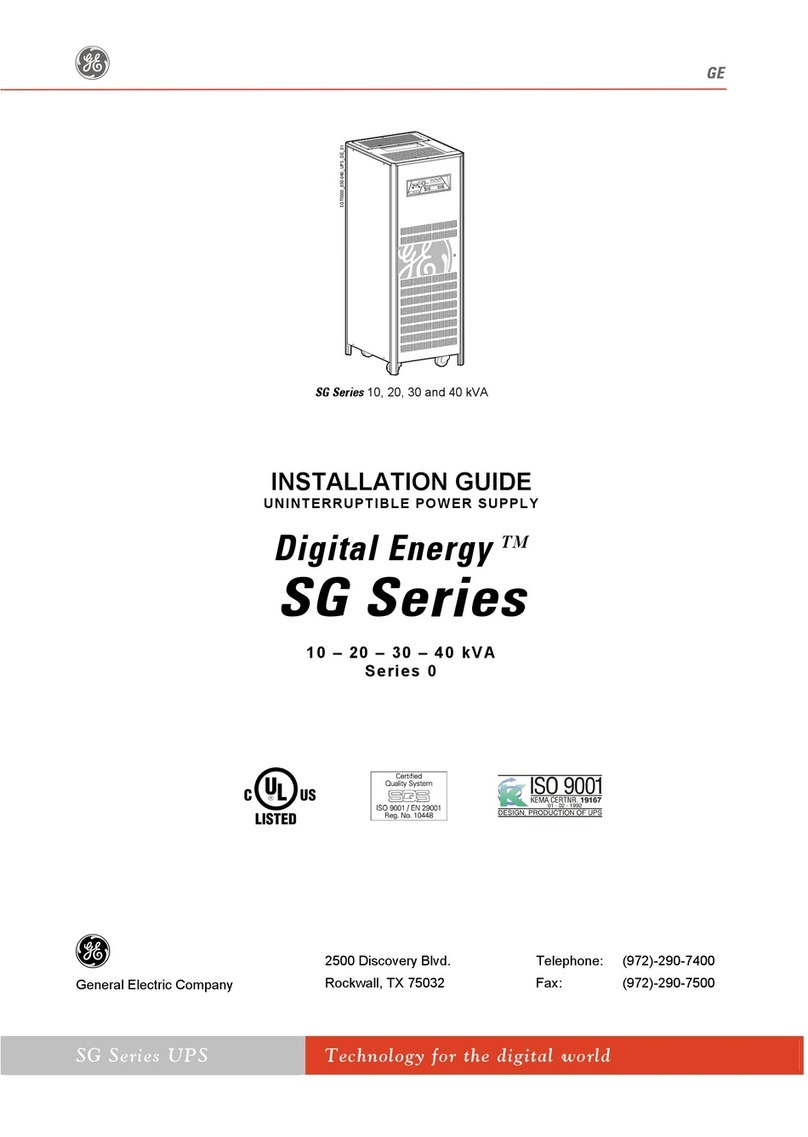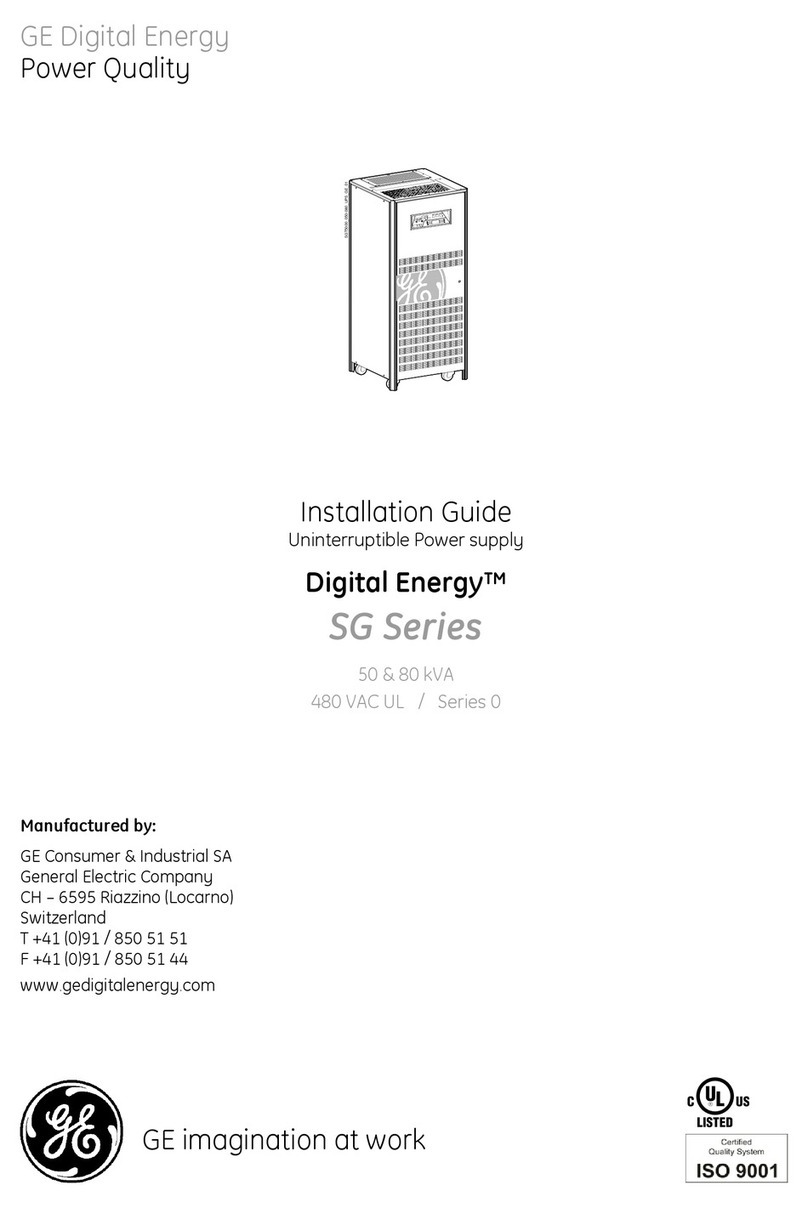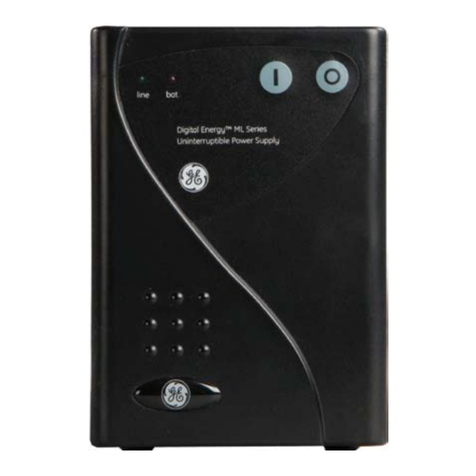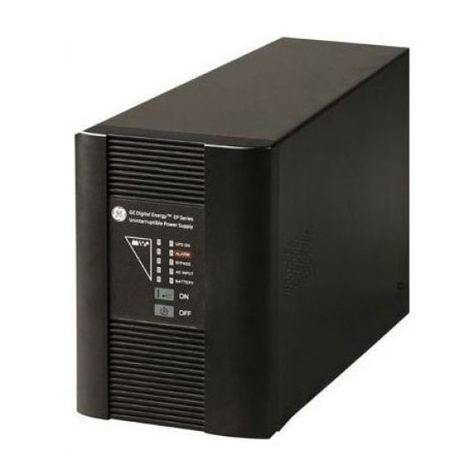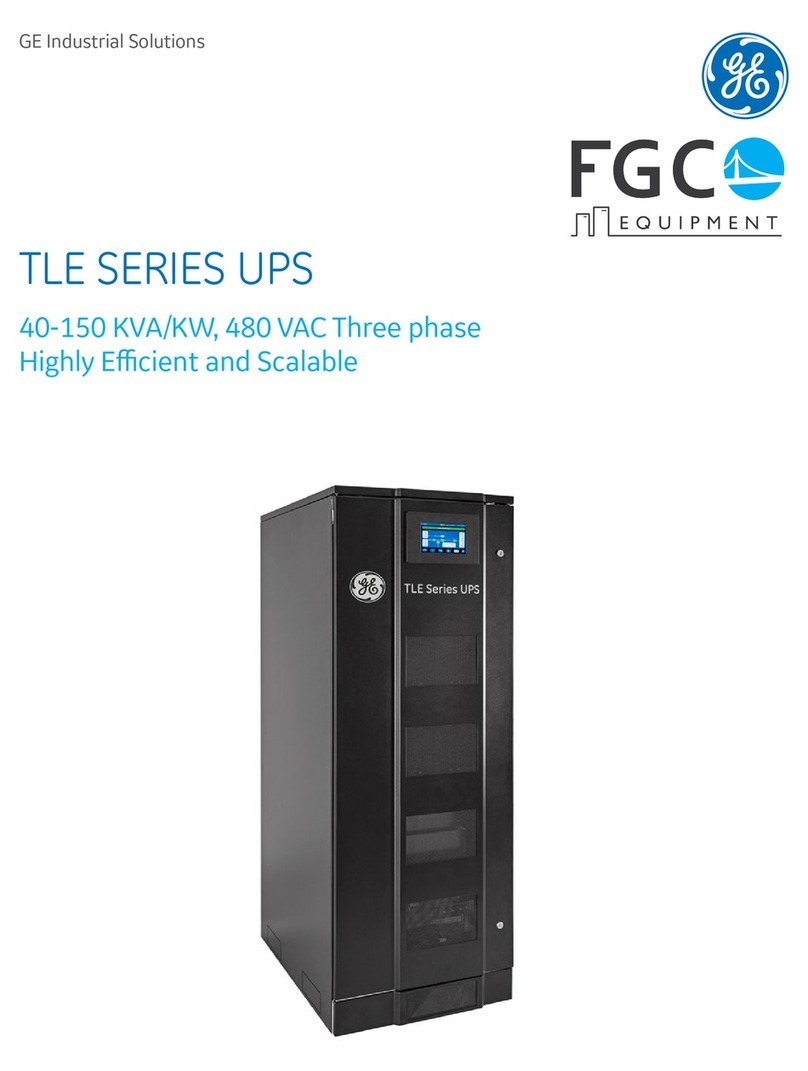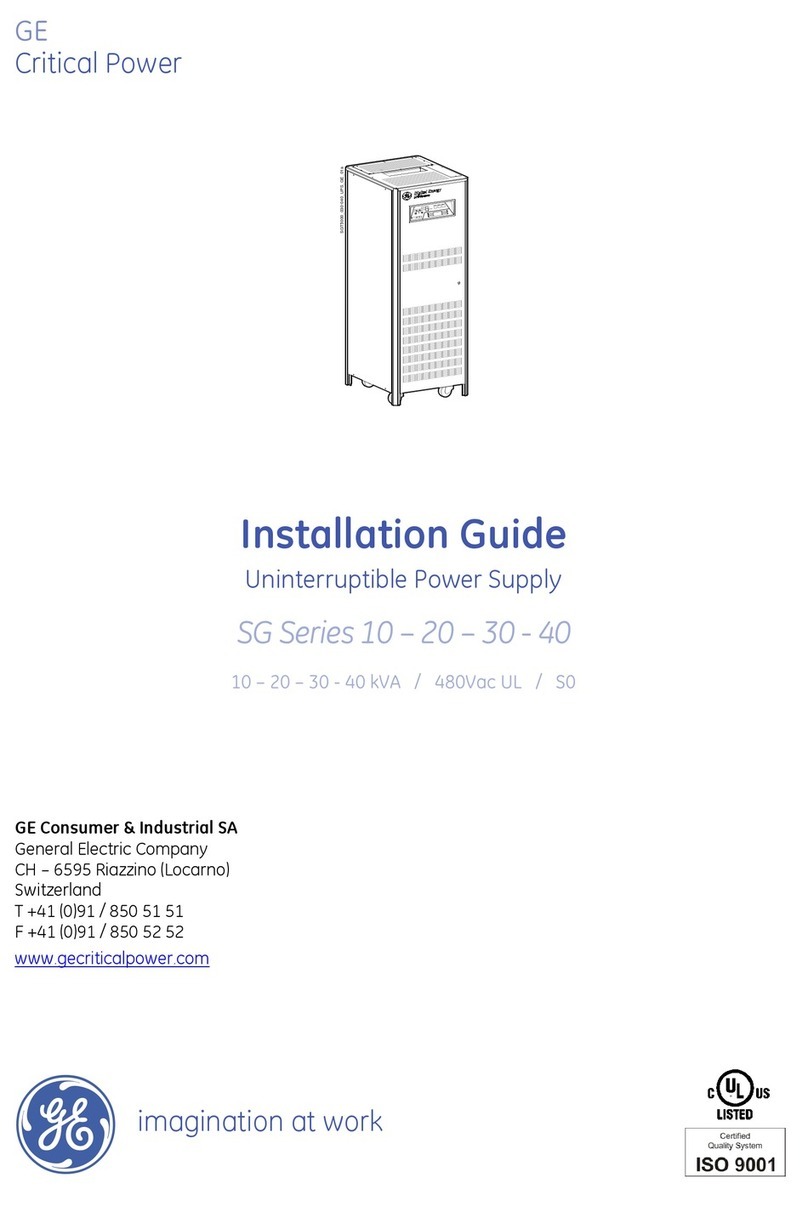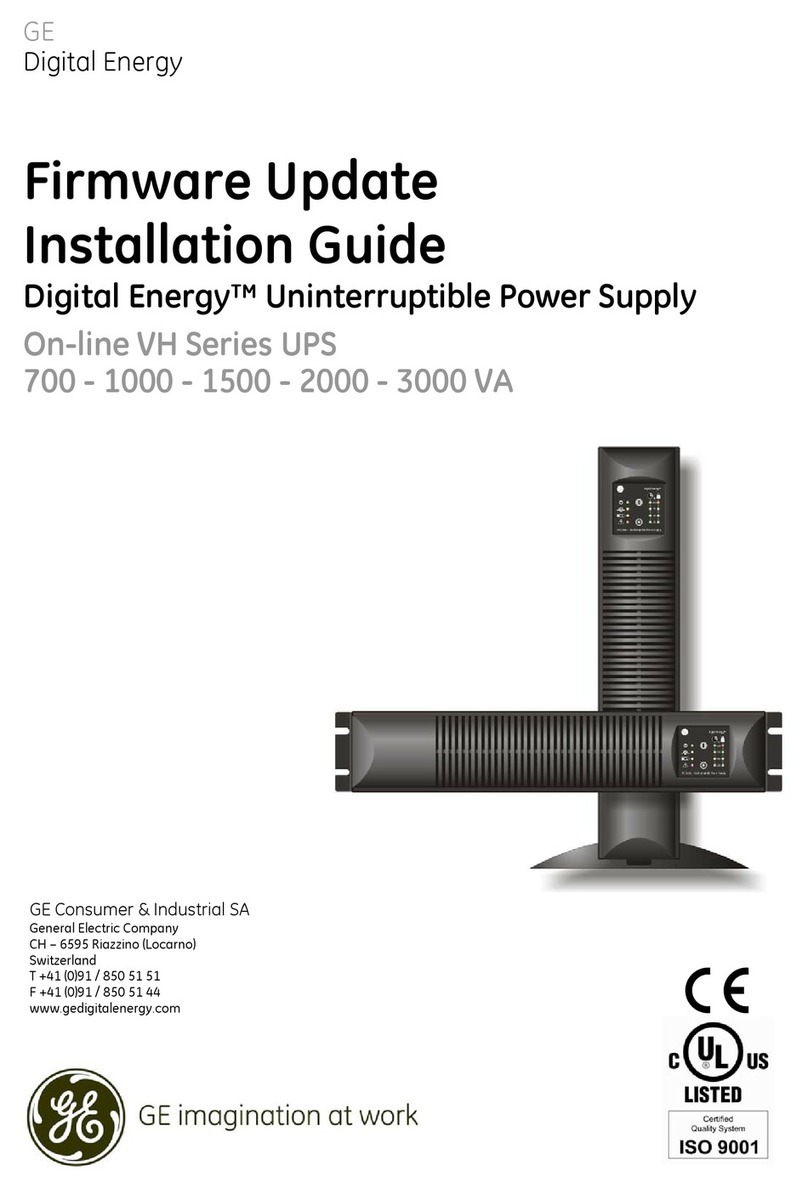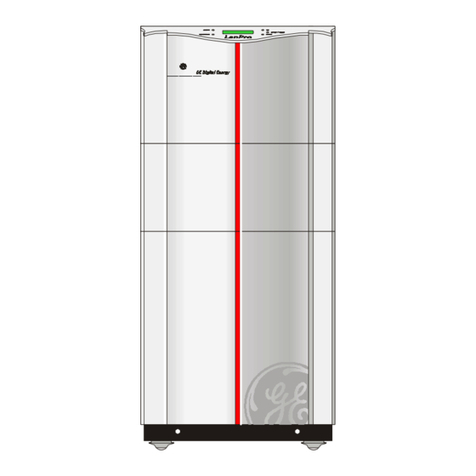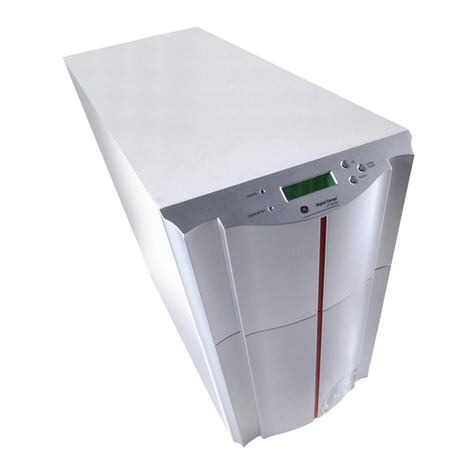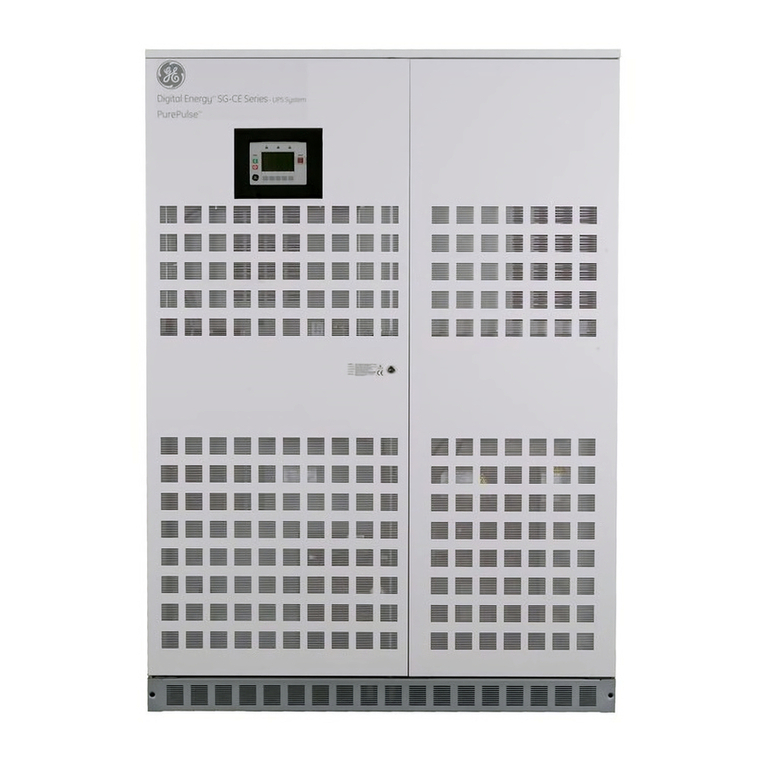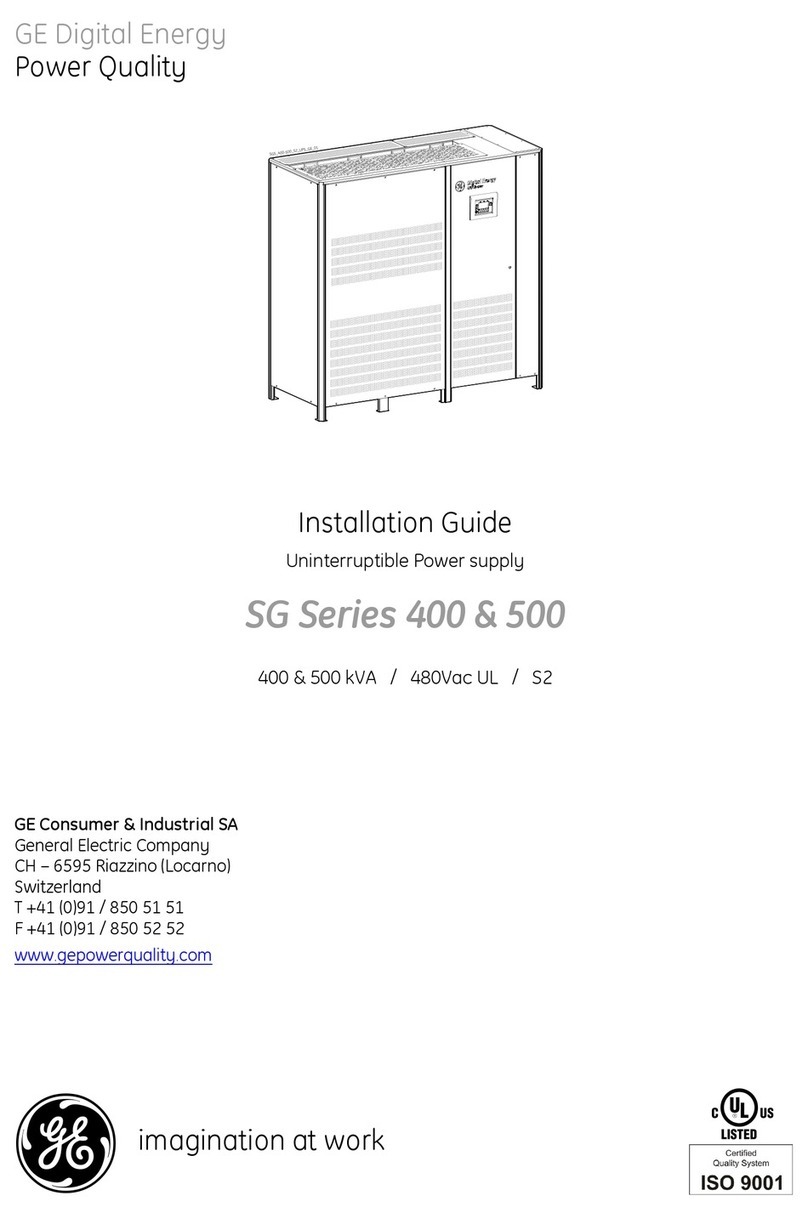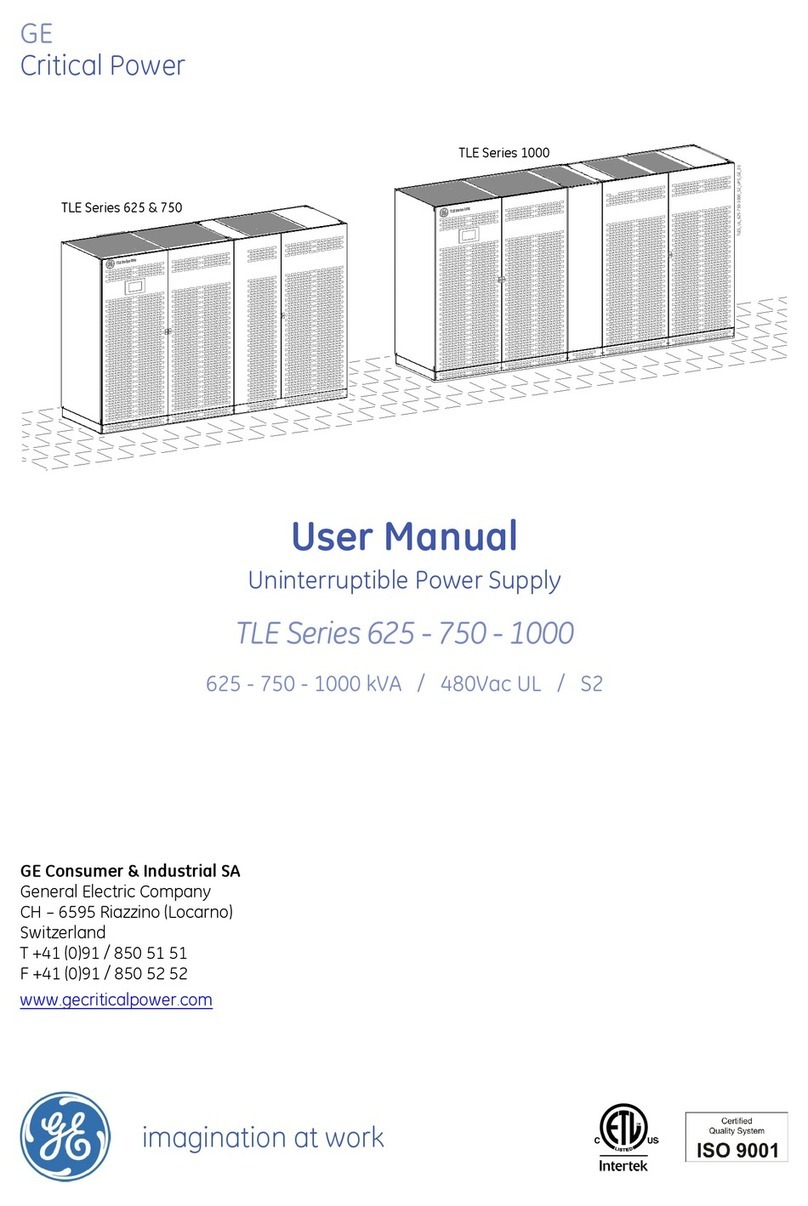Table of content Page
1IMPORTANT SAFETY INSTRUCTIONS ................................................................................................................................6
2LAYOUT..................................................................................................................................................................................9
2.1 LAYOUT TLE SERIES 160 - 220 - 225 - 250...............................................................................................................................................................9
2.2 LAYOUT TLE SERIES 300 - 400 - 500........................................................................................................................................................................ 10
3INTRODUCTION .................................................................................................................................................................11
4DESCRIPTION......................................................................................................................................................................12
4.1 BLOCK DIAGRAM AND MAIN ELEMENTS................................................................................................................................................................ 13
4.2 OPERATION MODES......................................................................................................................................................................................................... 14
4.2.1 Normal VFI Operation Mode (Voltage Frequency Independent)...................................................................................................................................... 14
4.2.2 eBoost™ Operation Mode (option).................................................................................................................................................................................................. 14
4.2.3 Utility Failure Operation....................................................................................................................................................................................................................... 15
4.2.4 Utility Recovery Operation.................................................................................................................................................................................................................. 15
4.2.5 Automatic Bypass................................................................................................................................................................................................................................... 16
4.3 RPA PARALLEL SYSTEM OPERATION ........................................................................................................................................................................ 17
4.3.1 Introduction to the RPA Parallel System...................................................................................................................................................................................... 17
4.3.2 Features of RPA Parallel System...................................................................................................................................................................................................... 18
4.3.3 System control.......................................................................................................................................................................................................................................... 18
4.3.4 Synchronization ....................................................................................................................................................................................................................................... 18
4.3.5 Load sharing.............................................................................................................................................................................................................................................. 18
4.3.6 IEMi Operation Mode (option)............................................................................................................................................................................................................ 19
4.4 UPS PARALLELED ON THE SAME BATTERY............................................................................................................................................................ 20
4.5 SERVICE AND TECHNICAL SUPPORT........................................................................................................................................................................ 21
4.6 WARRANTY ......................................................................................................................................................................................................................... 21
4.7 RECYCLING INSTRUCTIONS ......................................................................................................................................................................................... 22
5CONTROL PANEL ...............................................................................................................................................................23
5.1 CONTROL PANEL .............................................................................................................................................................................................................. 23
6LCD SCREEN .......................................................................................................................................................................24
6.1 HOME SCREEN................................................................................................................................................................................................................... 24
6.1.1 Description of the selection keys .................................................................................................................................................................................................... 25
6.1.2 Description of the signaling LEDs ................................................................................................................................................................................................... 26
6.2 MEASURES........................................................................................................................................................................................................................... 29
6.3 EVENTS ................................................................................................................................................................................................................................. 33
6.3.1 Events (alarms and messages)......................................................................................................................................................................................................... 35
6.3.2 Alarms list.................................................................................................................................................................................................................................................... 35
6.3.3 Messages list ............................................................................................................................................................................................................................................. 40
6.4 SETUP .................................................................................................................................................................................................................................... 43
6.5 COMMANDS........................................................................................................................................................................................................................ 49
6.6 RPA PARALLEL SYSTEM.................................................................................................................................................................................................. 53
7OPERATION.........................................................................................................................................................................55
7.1 PROCEDURES FOR SINGLE TLE SERIES 160 - 500.............................................................................................................................................. 56
7.1.1 Initial start-up of the TLE Series 160 - 500.................................................................................................................................................................................. 56
7.1.2 Complete UPS shut-down................................................................................................................................................................................................................... 60
7.1.3 Restore to normal operation after “System shutdown” with Load not supplied .................................................................................................... 61
7.1.4 Restore to normal operation after “EPO - Emergency Power Off” with Load not supplied ............................................................................... 63
7.2 PROCEDURES SINGLE TLE SERIES 160 - 500 FUNCTIONING AS FREQUENCY CONVERTER............................................................. 65
7.2.1 Initial Start-up of the TLE Series 160 - 500 as frequency converter.............................................................................................................................. 65
7.2.2 Complete shut-down of the TLE Series 160 - 500 as frequency converter ............................................................................................................... 69
7.2.3 Restore to normal operation after “System shutdown” with Load not supplied .................................................................................................... 70
7.2.4 Restore to normal operation after “EPO - Emergency Power Off” with Load not supplied ............................................................................... 72
7.3 PROCEDURES FOR TLE SERIES 160 - 500 PARALLEL SYSTEM....................................................................................................................... 74
7.3.1 TLE Series 160 - 500 Parallel System start-up.......................................................................................................................................................................... 74
7.3.2 Separate a UPS unit from the Redundant Parallel System ................................................................................................................................................ 79
7.3.3 Reconnect a UPS unit to Redundant Parallel System........................................................................................................................................................... 81
7.3.4 Complete Parallel System shut-down........................................................................................................................................................................................... 83
7.3.5 Restore to normal operation after “System shutdown” with Load not supplied .................................................................................................... 84
7.3.6 Restore to normal operation after “EPO - Emergency Power Off” with Load not supplied............................................................................... 86
8OPTIONS..............................................................................................................................................................................88
8.1 CONNECTIVITY OPTIONS............................................................................................................................................................................................... 88
8.2 OPTIONS IN UPS CABINET............................................................................................................................................................................................ 88
9MAINTENANCE ...................................................................................................................................................................89
9.1 MAINTENANCE .................................................................................................................................................................................................................. 89
9.1.1 Service check ............................................................................................................................................................................................................................................ 89
9.1.2 Fans and ventilation.............................................................................................................................................................................................................................. 89
9.1.3 Other components with limited lifetime...................................................................................................................................................................................... 89
9.1.4 Battery .......................................................................................................................................................................................................................................................... 90
9.1.5 UPS room conditions and temperature....................................................................................................................................................................................... 90
9.1.6 Preventive maintenance program ................................................................................................................................................................................................. 90
10 NOTES..................................................................................................................................................................................91
10.1 NOTES FORM...................................................................................................................................................................................................................... 91
